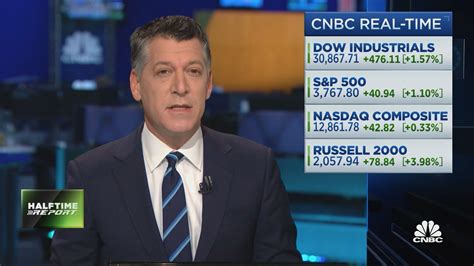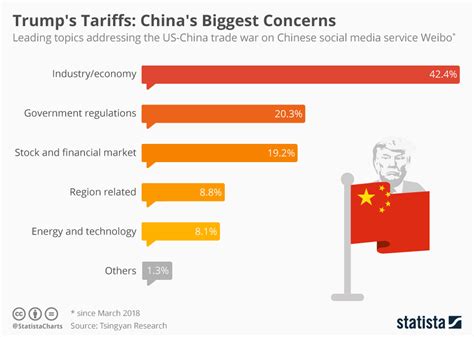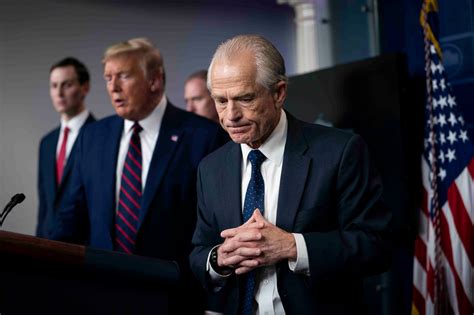In the fast-paced world of media, a single piece of misinformation can trigger a chain reaction with far-reaching consequences. And that’s exactly what happened recently when rumors about a 90-day tariff pause by the Trump administration sent shockwaves through markets and newsrooms alike.
The Spark of Misinformation
It all began with an influential social media account sharing an unverified post suggesting President Trump was contemplating a temporary halt to his aggressive tariff policies. This dubious claim quickly gained traction, fueled by major news outlets like CNBC and Reuters. The White House wasted no time denouncing the speculation as “FAKE NEWS,” emphasizing the importance of verifying information before dissemination.
As word spread like wildfire, stock prices experienced a sudden surge followed by a rapid decline once the truth came to light. The incident underscored the vulnerability of today’s interconnected financial landscape where even baseless reports can have tangible effects on economies worldwide.
Unraveling the Chain Reaction
The online saga continued to unfold, revealing how a simple social media post could snowball into a full-blown market frenzy. Kevin Hassett, from the National Economic Council, addressed the situation cautiously on Fox News, highlighting the unpredictability surrounding tariff decisions.
One particular Twitter account, Walter Bloomberg, played a pivotal role in amplifying the initial post, setting off a sequence of events that culminated in mainstream news coverage and subsequent retractions. CNBC anchor Carl Quintanilla inadvertently contributed to escalating tensions by broadcasting unverified headlines without proper attribution—an error promptly rectified once discrepancies were acknowledged.
Reuters also found itself backpedaling after relying on incomplete information for its reporting. The domino effect was evident as each correction attempted to contain the fallout from what had spiraled into an avoidable debacle driven by unchecked social media fervor.
The Aftermath and Lessons Learned
While corrections were issued and apologies made, the repercussions lingered well beyond the initial uproar. Monday morning bore witness to a cautionary tale about responsibly handling information sourced from volatile online channels—a reminder that diligence is paramount in safeguarding against unwarranted panic in global markets.
The ordeal shed light on not just journalistic integrity but also investor confidence in an era where misinformation can sway economic landscapes within moments. As media outlets grappled with rebuilding trust among audiences and stakeholders alike, regulators faced renewed scrutiny over ensuring accurate dissemination of market-moving data.
In essence, what transpired serves as both a wake-up call and an opportunity for reflection on how swiftly misinformation can eclipse reality in our interconnected digital age—a lesson learned at potentially high costs but invaluable insights gained nonetheless.








Leave feedback about this